



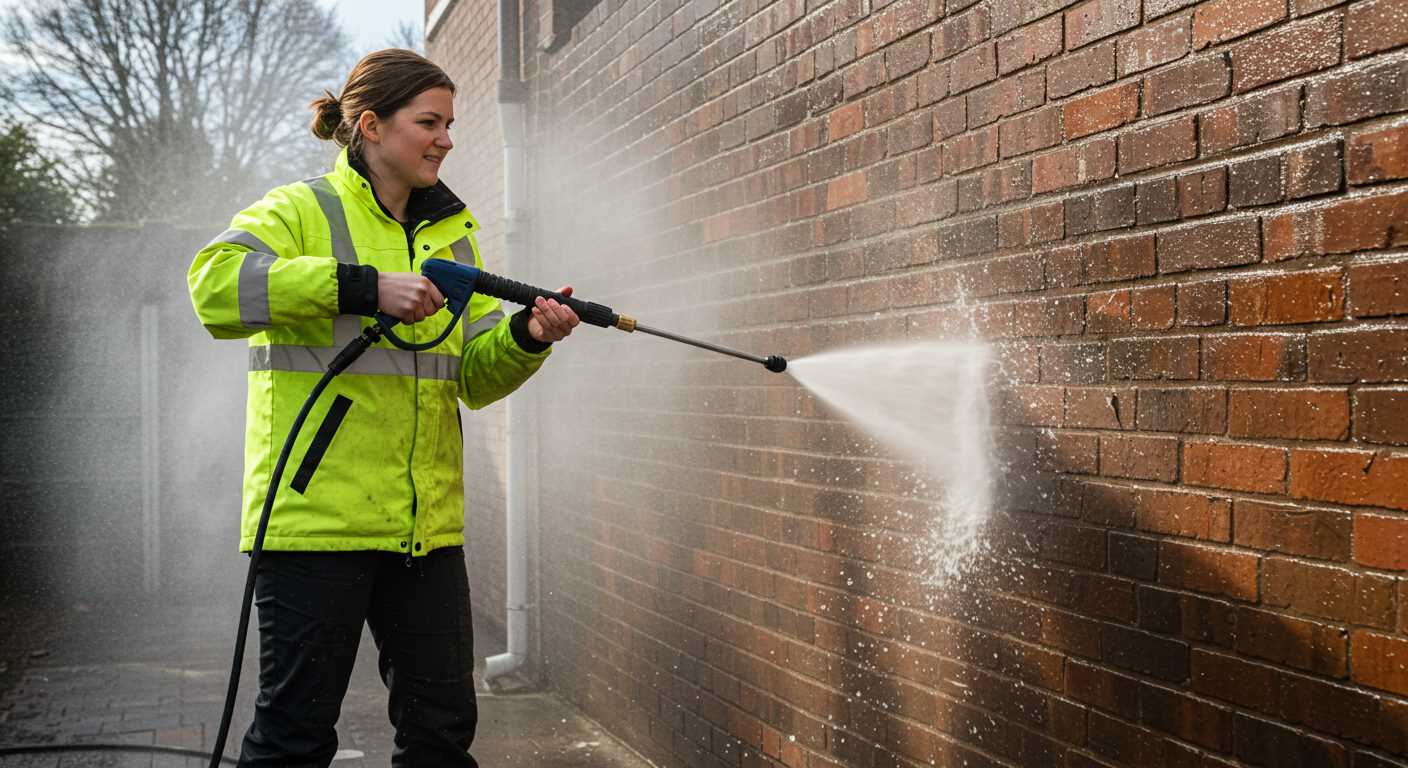
If you’re looking to rejuvenate your driveway but don’t have access to a high-powered cleaning unit, there are plenty of effective methods you can employ. From simple household items to a few strategic techniques, you can achieve impressive results without the need for specialised equipment. During my years in the cleaning industry, I discovered that sometimes, less is more.
One of my favourite approaches involves utilising a mixture of warm water and a mild detergent, which you can apply with a stiff-bristled broom. This method works wonders for loosening dirt and grime. I recall a particular instance where a stubborn oil stain on my neighbour’s driveway was effortlessly lifted with this combination after letting it sit for about 10 minutes. Patience truly pays off!
After scrubbing, rinsing with a garden hose can yield a fresh look. If you find that stains persist, adding a bit of baking soda to your detergent solution can enhance its potency. I’ve seen this simple addition turn a mediocre clean into a remarkable transformation. With a bit of elbow grease and the right approach, your driveway can shine just as brightly as if it had been through a high-pressure system.
Alternative Methods for Driveway Maintenance
Using a high-pressure device is not the only route for maintaining your outdoor surfaces. Here are some practical alternatives that I’ve found effective over the years:
- Broom and Water: A simple stiff-bristled broom paired with soapy water can work wonders. Sweep away loose debris first, then scrub the surface with your soapy solution. Rinse with a bucket of clean water.
- Garden Hose: If you have a nozzle attachment, your garden hose can provide a strong enough stream to remove dirt and grime. It’s less intense than a power cleaner but can be quite effective.
- Homemade Solutions: For stubborn stains, consider mixing baking soda with vinegar or dish soap. Apply this mixture to the affected area, let it sit for a while, then scrub and rinse.
In my experience, some stains like oil require special attention. For these, sprinkling baking soda on the spot and letting it absorb the stain can be quite useful. After a few hours, simply scrub and rinse.
For moss or weeds, a mixture of salt and vinegar can deter growth. Apply it directly to the affected areas and allow it to work overnight.
Regular maintenance is key. Frequent sweeping and immediate attention to spills can prevent the need for more intense measures later. Trust me, a little effort goes a long way in preserving the aesthetic and integrity of your outdoor surfaces.
Choosing the Right Cleaning Supplies for Your Drive
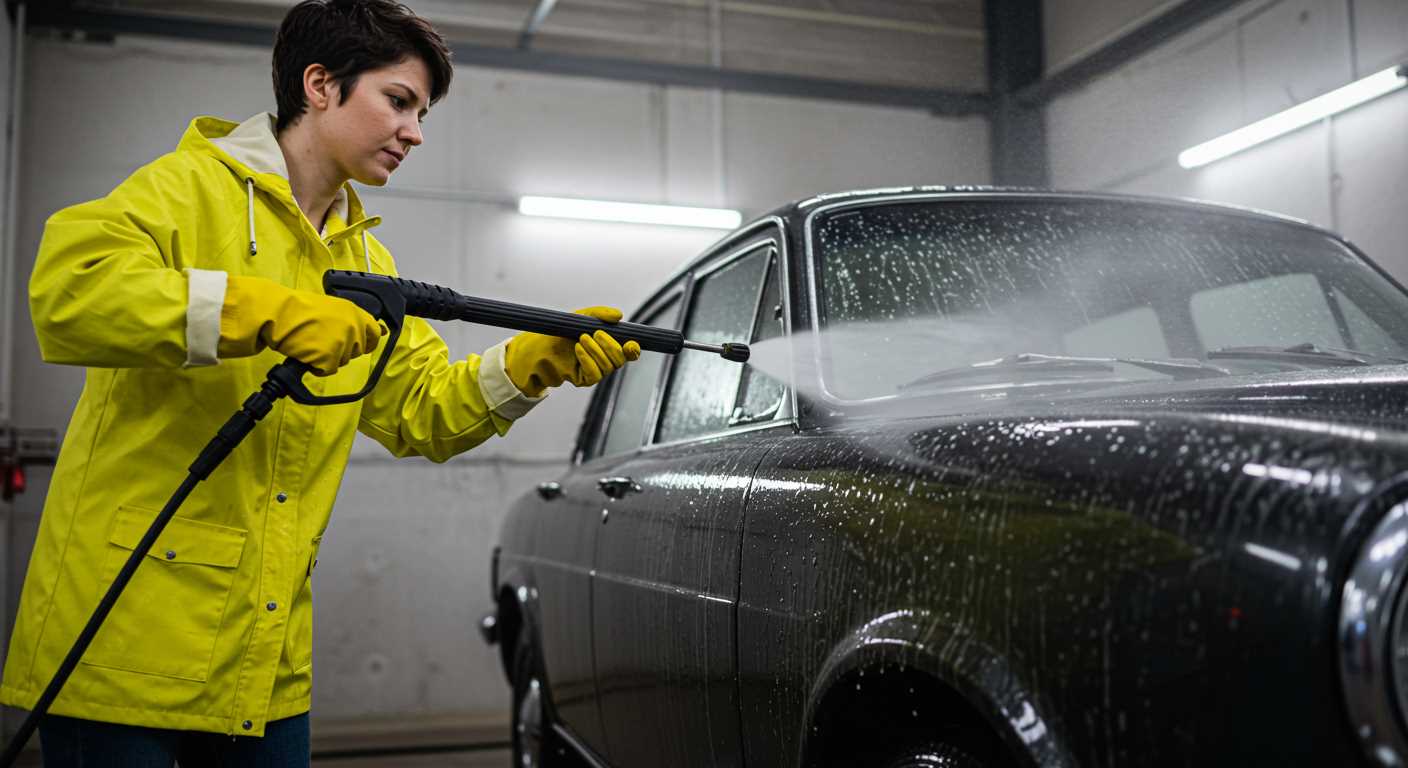
Opt for a quality broom or brush with stiff bristles. During my years in the industry, I discovered that a well-made brush can remove dirt and debris effectively. Look for one with a long handle to avoid straining your back while scrubbing away. You’ll find it more manageable to reach all areas of your driveway.
Consider using an appropriate detergent. I’ve experimented with various formulations, and I’ve found eco-friendly options often yield excellent results without harming the environment. Look for products specifically designed for outdoor surfaces, as they typically contain ingredients that break down tough stains.
A bucket is indispensable for mixing your cleaning solution. I recommend one with a pour spout for easy handling. Fill it with warm water to help dissolve grime more efficiently. This small detail makes a noticeable difference in your efforts.
Don’t underestimate the power of a garden hose. A good quality hose with a spray nozzle allows you to adjust water flow and pressure. I’ve used nozzles with different settings, and I’ve found that a fan spray works wonders for rinsing off detergent and debris without damaging the surface.
For stubborn stains, a scrubbing pad or sponge can be invaluable. I often keep a few on hand for those particularly tough spots. Make sure they’re non-abrasive to avoid scratching your driveway surface.
Lastly, consider safety gear. While it may seem trivial, a pair of gloves can protect your hands from harsh chemicals and dirt. Eye protection is also wise when working with cleaning agents or during scrubbing, as debris can fly up unexpectedly.
Step-by-Step Guide to Manual Drive Cleaning
Begin with gathering all necessary supplies. You’ll need a broom, stiff-bristled brush, bucket, hose, and an appropriate detergent. Make sure to select a cleaner that suits your surface material.
Next, clear the area. Remove any debris, leaves, or loose items. A broom works well for this task. Ensuring a tidy workspace sets the stage for better results.
In a bucket, mix the detergent with warm water according to the instructions on the label. Avoid using harsh chemicals that could harm your surface. If you’re unsure, test a small area first.
Apply the soapy mixture generously across the area using a stiff brush. Work in sections to avoid letting the solution dry before you can scrub. This method helps break down dirt and grime effectively.
After scrubbing, rinse thoroughly with your hose. Ensure all detergent is removed to prevent residue build-up, which can lead to slippery surfaces. Pay attention to corners and edges where dirt tends to accumulate.
If stubborn stains remain, repeat the scrubbing process. For oil stains, you might consider sprinkling baking soda on the area before scrubbing. It can help absorb the oil.
Once satisfied with the cleanliness, allow the surface to dry completely. This step prevents any water spots or streaks. If you’re planning to use this area for parking or entertainment, consider sealing it to protect against future staining.
For tips on travel gear, check if are digital cameras allowed in carry on luggage for your next adventure.
Using a Garden Hose: Techniques and Tips
A garden hose can be surprisingly effective for maintaining your outdoor surfaces. To make the most of it, start by choosing the right nozzle. A fan spray nozzle is great for general rinsing, while a concentrated stream can tackle stubborn grime.
Before you start, clear the area of any debris like leaves and dirt. This prevents mud from mixing with water and forming a mess. For optimal results, wet the surface first. This helps to loosen dirt and makes the following steps easier.
When applying water, keep the nozzle at a 45-degree angle and maintain a steady, sweeping motion. This approach ensures even coverage and prevents water pooling in one spot. For those tough stains, consider adding a cleaning solution to the water. A mixture of warm water and a mild detergent can break down grease and grime effectively.
After applying the soapy solution, let it sit for a few minutes before rinsing. This dwell time allows the cleaner to penetrate the surface. Rinse thoroughly, ensuring that no soap residue remains, as this can attract dirt over time.
If your garden hose has a high-flow rate, you can create a more powerful stream by using a smaller diameter attachment. This can provide a more directed spray, which is beneficial for stubborn spots.
For those hard-to-reach areas, consider using a hose extension or a brush with a long handle. This allows you to scrub while rinsing, making the process faster and more thorough.
Lastly, always check your hose for leaks and ensure the connections are secure. A well-maintained hose will enhance your cleaning efforts and make the experience much more enjoyable.
Natural Cleaning Solutions for Stubborn Stains
For removing tough marks, consider using baking soda mixed with water to form a paste. This method works wonders on oil and grease spots. Apply the paste directly to the stain and allow it to sit for about 30 minutes before scrubbing it away with a stiff-bristled brush.
Another reliable option is vinegar, which can tackle a variety of blemishes, including moss and mildew. Combine equal parts of white vinegar and water in a spray bottle. Generously apply this mixture to the affected areas, letting it soak in for 15 minutes before scrubbing. Rinse thoroughly to reveal a refreshed surface.
For an eco-friendly approach, try using citrus-based cleaners. The natural acidity of lemon juice can break down stains while leaving a pleasant scent. Mix lemon juice with a bit of salt to create a scrubbing agent. Apply it to the stained area, scrub gently, and rinse off.
Hydrogen peroxide is another excellent alternative, especially for discolouration. Use a 3% solution, apply it to the stain, and let it sit for about 10 minutes. Afterward, scrub with a brush and rinse. This method not only reduces visible stains but also acts as a mild disinfectant.
Finally, don’t underestimate the power of warm soapy water. A mixture of dish soap and warm water can effectively lift dirt and grime. Use a mop or sponge to apply the solution, scrub the area, and rinse well for a thorough finish.
How to Maintain Your Drive After Cleaning
To keep your surface looking pristine, routine upkeep is essential. Here are effective strategies I’ve found useful over the years:
- Regular Sweeping: Remove debris like leaves, dirt, and stones weekly. This simple task prevents stains and reduces wear.
- Immediate Stain Treatment: Tackle spills right away. For oil, sprinkle baking soda or corn starch, let it absorb, then sweep away. For other substances, use a diluted vinegar solution.
- Sealant Application: Applying a sealant every couple of years helps protect the surface from moisture and stains. It creates a barrier, making future maintenance easier.
- Weed Control: Prevent unwanted growth by using a weed killer or regularly pulling them out. A clean edge contributes to overall aesthetics.
- Inspect for Damage: Regularly check for cracks or chips. Early detection allows for quick repairs, preventing larger issues later.
In my experience, taking these steps not only enhances the appearance but also prolongs the life of your surface. It’s about creating a habit, and with time, it becomes second nature.
Common Mistakes to Avoid When Cleaning Your Drive
One of the most frequent missteps I’ve encountered in my years of experience is using the wrong type of brush. Opting for a stiff-bristled tool can cause scratches on delicate surfaces. Always choose a soft-bristled brush to protect your driveway’s finish while effectively removing dirt.
Ignoring the Weather
Another common oversight is attempting to tackle this task during unfavourable weather conditions. Rain or extreme heat can hinder the cleaning process, making it less effective. Plan your work for a dry, mild day to ensure optimal results.
Skipping Pre-Treatment
Many people tend to overlook the importance of pre-treatment. Applying a suitable solution to stubborn stains before scrubbing significantly enhances the outcome. Allow the solution to sit for the recommended time to break down grime before you start the scrubbing process.
| Mistake | Consequence | Solution |
|---|---|---|
| Using a stiff brush | Scratches and damage | Choose a soft-bristled brush |
| Cleaning in bad weather | Ineffective results | Wait for dry, mild conditions |
| Skipping pre-treatment | Stubborn stains remain | Apply a cleaning solution beforehand |
Also, be cautious about the cleaning solutions you select. Some off-the-shelf products may contain harsh chemicals that can harm the driveway material. Always opt for gentle, eco-friendly alternatives. For those looking for creative solutions, a snow foam gun without pressure washer can be a great option for applying cleaning agents without excessive scrubbing.
Finally, don’t rush the drying process. It’s tempting to move on after scrubbing, but allowing the surface to dry fully prevents streaking and ensures a polished finish. Patience pays off in achieving a pristine driveway.

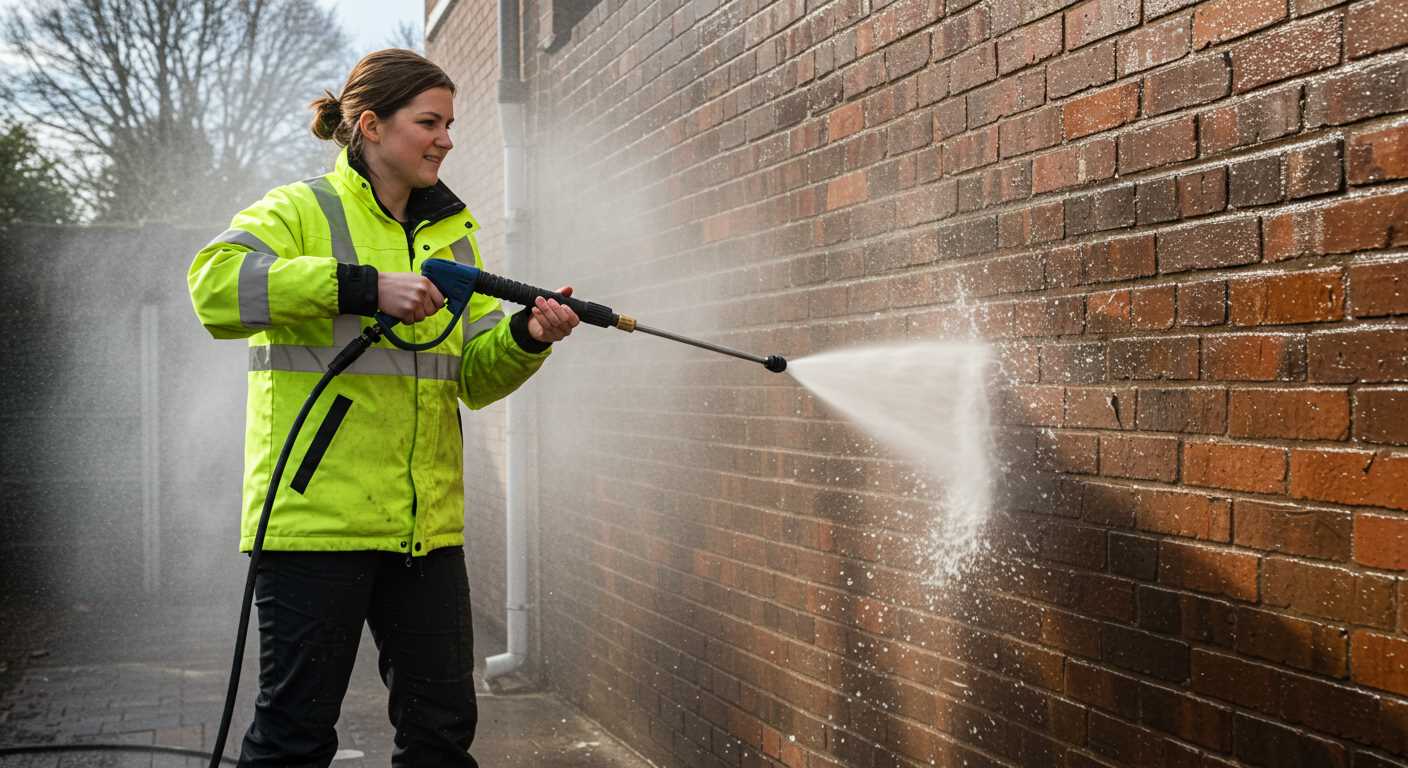


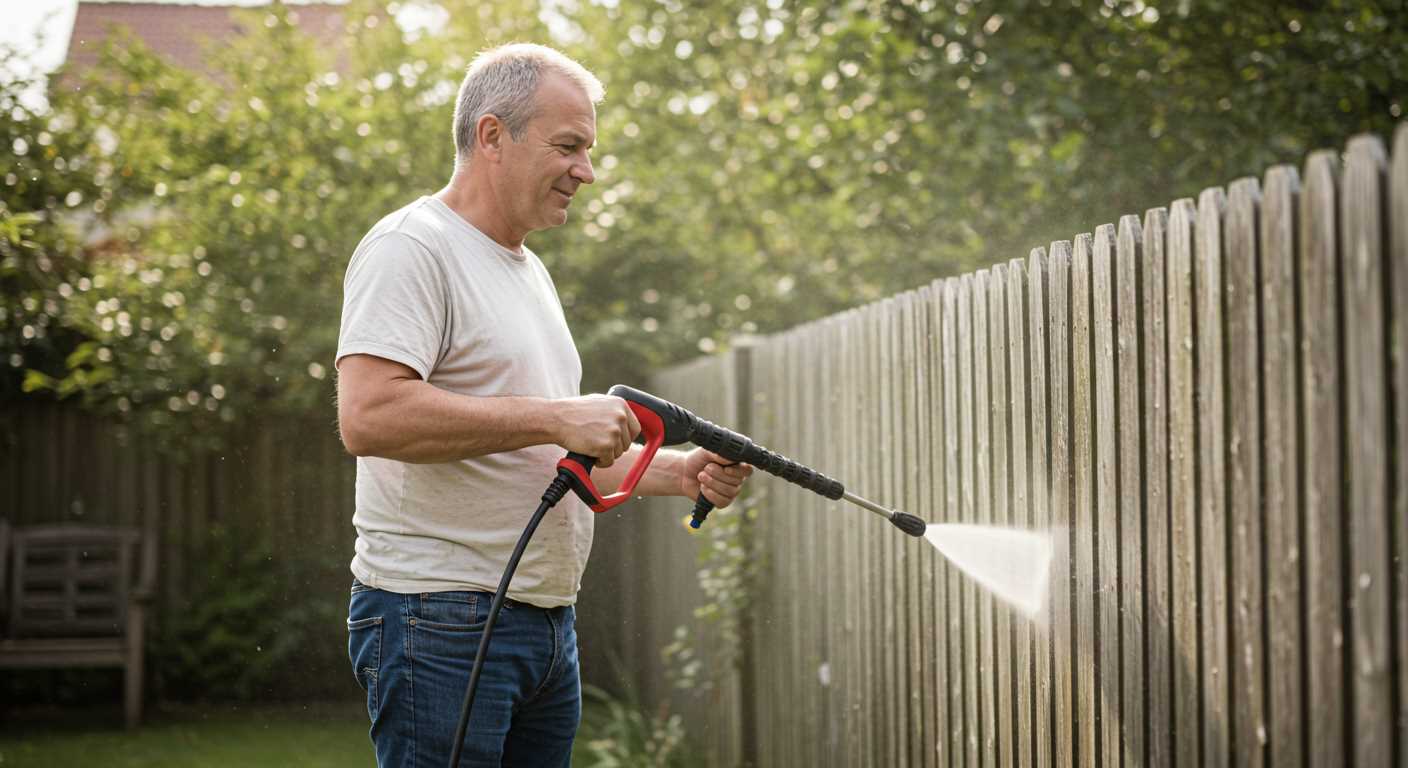
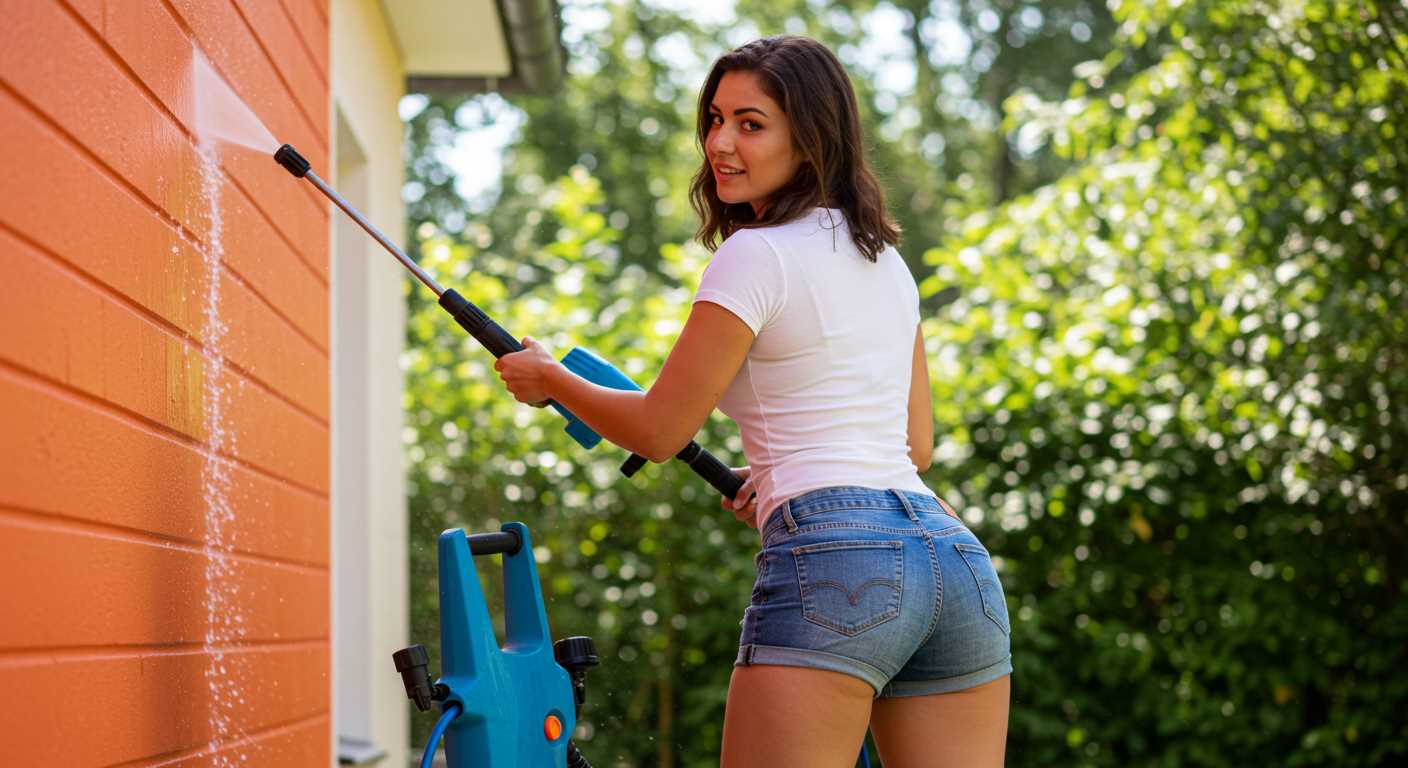
.jpg)


